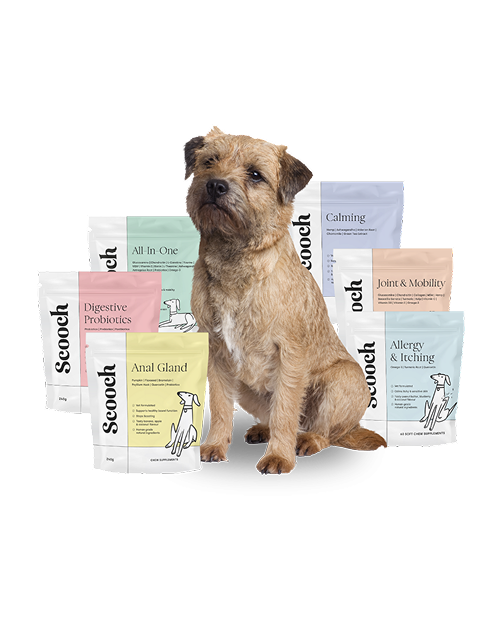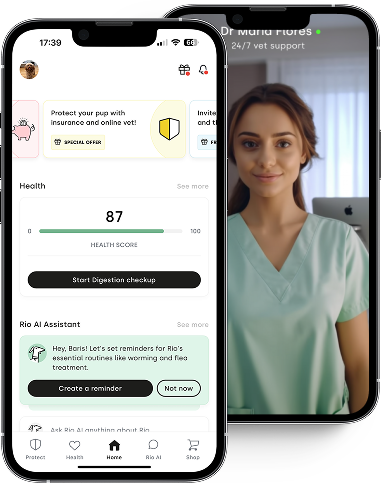
How To Change My Dogs Food
Changing your dog's food can be a daunting task, but it is important to do it correctly to ensure your furry friend's health and happiness.
Here are some tips on how to change your dog's food in a friendly tone.
-
Start Slowly
One of the most important things to keep in mind when changing your dog's food is to do it slowly. Sudden changes in your dog's diet can cause digestive problems, such as vomiting or diarrhoea. To avoid these issues, start by mixing a small amount of the new food with your dog's current food. Gradually increase the amount of new food and decrease the amount of the old food over a period of 7 to 10 days.
- Monitor Your Dog's Reaction
As you are changing your dog's food, pay close attention to their reaction. Watch for any signs of discomfort, such as vomiting, diarrhoea, or lethargy. If you notice any of these symptoms, slow down the transition process and consult with your veterinarian.
- Choose High-Quality Food
When selecting new food for your dog, it is important to choose high-quality food that meets their nutritional needs. Look for food that contains high-quality protein sources, such as chicken, turkey, or fish. Avoid foods that contain fillers, such as corn or wheat, which can be difficult for dogs to digest.
- Consider Your Dog's Age and Health
Your dog's age and health can play a significant role in the type of food you choose. Puppies require more protein and calories than adult dogs, while senior dogs may need a lower calorie diet to maintain a healthy weight. If your dog has any health issues, such as allergies or digestive problems, consult with your veterinarian to determine the best type of food for your dog.
- Keep Things Positive
Changing your dog's food can be a positive experience if you approach it with a positive attitude. Use mealtime as an opportunity to bond with your dog and make the transition fun. Offer your dog treats and praise for trying the new food, and be patient as they adjust to the new taste and texture.
In conclusion, changing your dog's food can be a smooth and stress-free process if done correctly. By following these tips, you can ensure that your furry friend stays healthy and happy. Remember to start slow, choose high-quality food, and monitor your dog's reaction. With patience and positivity, you can make the transition to new food a positive experience for both you and your dog.




 Scooch health
Scooch health